Traditional Owners
The Traditional Owners of the Point Nepean area are the Bunurong People. It holds tremendous significance to present day descendants due to seventy registered aboriginal archaeological sites that are to be preserved as the people’s ties to the homeland of their tribal ancestors. As such, Point Nepean remains as a national heritage treasure of great importance to not only the Bunurong People, but all Australians. The Point in its present state enhances heritage aspect as it brings together all of the various segments of its history in the “Storytelling of the National Park” project initiated by the current managers in Parks Victoria.
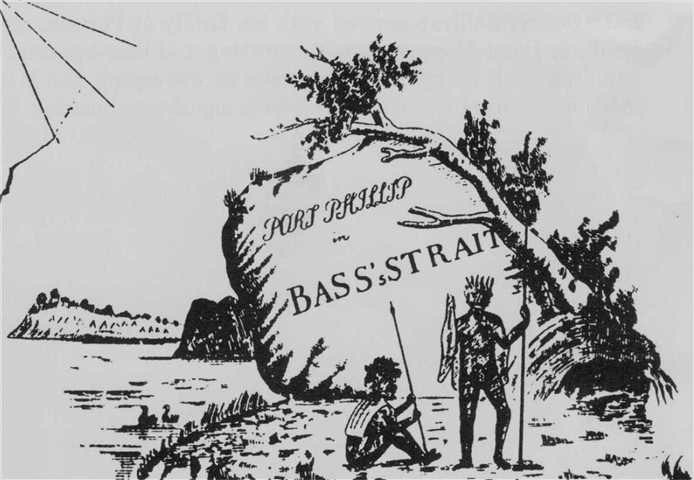
Early European [British] Settlement
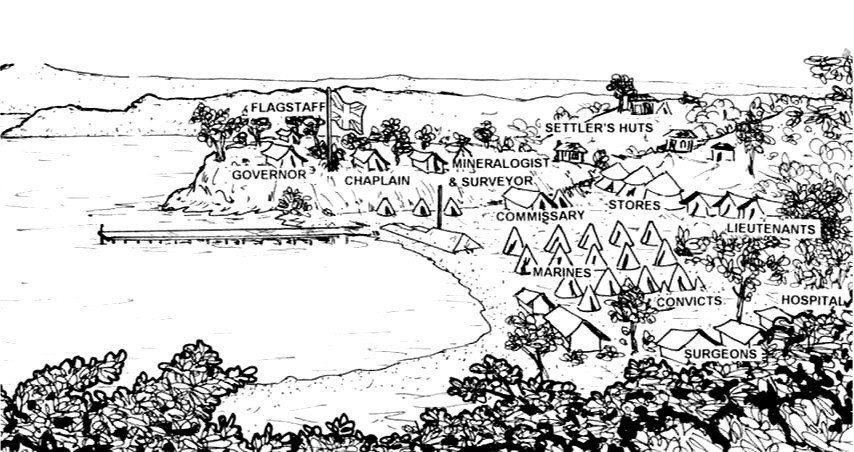
In 1802 Lieutenant Murray sailed “The Lady Nelson” into Port Phillip Bay. A year later Lieutenant-Governor David Collins founded the settlement of Sorrento, approximately 9 kilometres from the tip of Point Nepean on the bay side. Landholders spread out from this fledging site to start some of the earliest European settlements in Victoria. In these early days of European settlement, the main pursuits included pastoral activities and lime-burning.
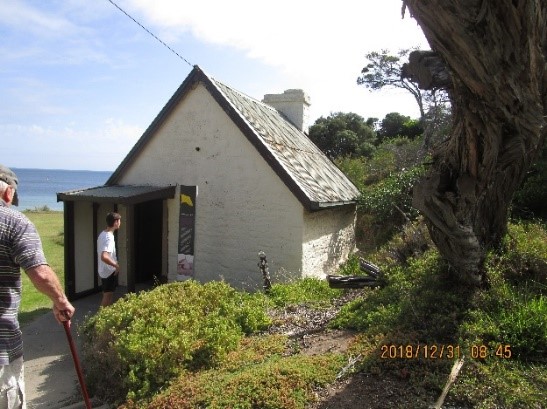 The Shepherd’s Hut, a well-known building to all OCS staff and cadets, dates back to 1845. It is an early example of one of Victoria’s intact limestone structures and, as a result, is of great historical significance.
The Shepherd’s Hut, a well-known building to all OCS staff and cadets, dates back to 1845. It is an early example of one of Victoria’s intact limestone structures and, as a result, is of great historical significance.
During the Officer Cadet School’s occupation, Shepherd’s Hut was used as a staff office. Captain David Butler [later an OCS Commandant with the rank of Colonel, and on retirement, a Major General], was an early occupant. In later years it became the office for Regimental Sergeant Majors [RSMs]. It was the perfect spot overlooking the OCS Parade Ground [the domain of RSMs] as well as being able to keep an eagle eye on passing cadets.
Quarantine Station
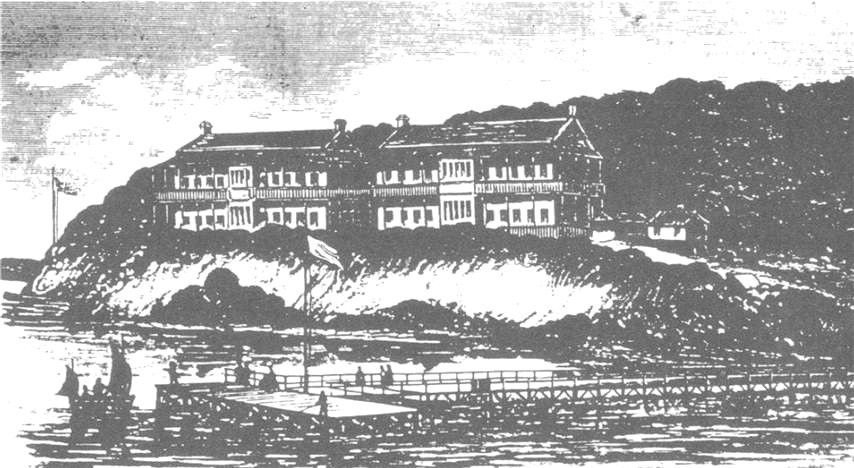
Early migrant ships arriving in Melbourne were generally over-crowded and contagious diseases were rife amongst crew and passengers. After a scare by the arrival of the ship Ticonderoga in 1852 with infected people carrying scarlet fever and typhoid, this epidemic necessitated the establishment of a Quarantine Station with hospital facilities to treat infected personnel and areas to disinfect both people and luggage. Point Nepean, close to the entrance of Port Phillip Bay, was the perfect location. The facility at Portsea is still a fine example of an historical Quarantine Station. Ticonderoga Bay on the bayside of the peninsula is a stark reminder of these early days. The station closed in 1980. It was subsumed into the National Park in 2009 and some areas were opened to the public.
Pre OCS Defence
In the 1870s Point Nepean was earmarked for defence purposes. This resulted from the departure of British Imperial Forces that left military matters the responsibility of the Australian colonies. General Sir William Jervois with his staff officer, Lieutenant Colonel Peter Scratchley, inspected Australia’s defence capabilities and furnished a report that was to be the basis for planning for the next 30 years. Point Nepean’s defence plan resulted in installations at Fort Nepean, Eagles Nest, Fort Pearce and Pearce Barracks. These defence facilities were considered to be the best of any in the colonies.
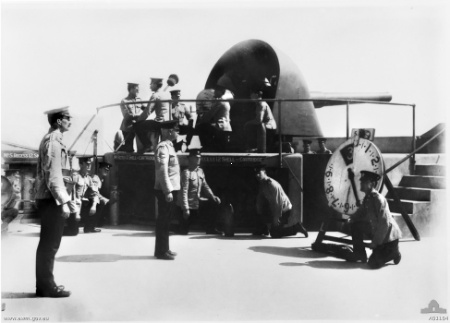
These defence capabilities were subsequently used to fire the first shot in the British Empire during World War I. This document reflects on the history of the first event, the subsequent use of the German ship and it fate.
A ceremony was conducted in 2014 to celebrate the event. Here is the flyer for the event.
